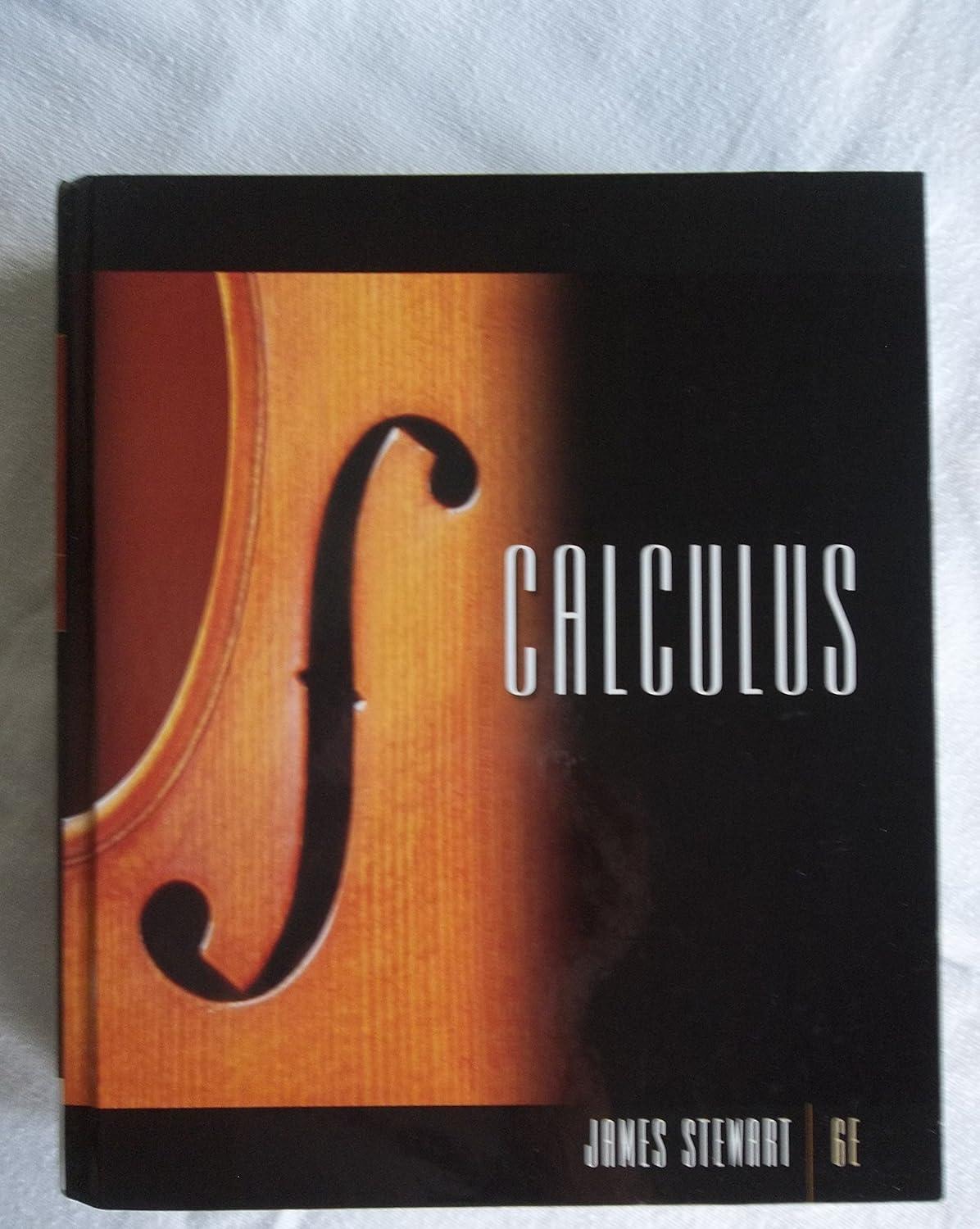Question
Are You a Visual, Auditory or Kinaesthetic Questionnaire Scoring Key for Questionnaire Sociability: Q. 1 Q. 2 Q. 3 Q. 4 Q. 5
Are You a Visual, Auditory or Kinaesthetic Questionnaire
Scoring Key for Questionnaire
Sociability:
| Q. 1 | Q. 2 | Q. 3 | Q. 4 | Q. 5 | Q. 6 | Q. 7 | Q. 8 | Q. 9 | Q. 10 |
| a | a | c | c | a | b | c | b | c | c |
| Q. 11 | Q. 12 | Q. 13 | Q. 14 | Q. 15 | Q. 16 | Q. 17 | Q. 18 | Q. 19 | Q. 20 |
| b | c | b | c | c | b | c | c | b | b |
| Q. 21 | Q. 22 | Q. 23 | Q. 24 | Q. 25 | Q. 26 | Q. 27 | Q. 28 | Q. 29 | Q. 30 |
| a | a | b | a | a | b | c | c | b | c |
| Number Of A's | Number Of B's | Number Of C's |
| 7 | 10 | 13 |
You chose mostly C's ... You have a KINAESTHETIC learning style.
If you chose mostly C's you have a KINAESTHETIC learning style.
When you have identified your learning style(s), read the learning styles explanations and consider how this might help you to identify learning and development that best meets your preference(s).
The VAK learning styles model suggests that most people can be divided into one of three preferred styles of learning. These three styles are as follows, (and there is no right or wrong learning style)
- Someone with a Kinaesthetic learning style has a preference for physical experience - touching, feeling, holding, doing, practical hands-on experiences. These people will use phrases such as 'let me try', 'how do you feel?' and will be best able to perform a new task by going ahead and trying it out, learning as they go. These are the people who like to experiment, hands-on, and never look at the instructions first!
Keep in mind that there is no right or wrong or good or bad learning style. The point is that there are types of learning that are right for your own preferred learning style.When you know your preferred learning style(s) you understand the type of learning that best suits you. This enables you to choose the types of learning that work best for you. Some people have a very strong preference; other people have a more even mixture of two or less commonly, three styles. People commonly have a main preferred learning style, but this will be part of a blend of all three.
Applealing to the different learning styles as a trainer
Kinaesthetic learners
To help ensure that you have addressed the needs of your kinesthetic participants,
design programs and activities in which movement is a regular part of the learning. Have people physically move to other locations at various points for discussions, or use demonstrations, field trips, games, simulations, stretching, or energizers. Encourage role playing, in-basket, or other similar activities in which learners have to handle things, interact, or move. Have actual items available for touching or exploration when possible. When actual items are not available, try to use mockups (models that look like the real object), simulators, or other substitutes.
Question :
What the results mean to your learning. Think about your followers, how might this questionnaire inform your leadership, how might this questionnaire help you better respond to your followers. ?
Give references
Step by Step Solution
There are 3 Steps involved in it
Step: 1

Get Instant Access to Expert-Tailored Solutions
See step-by-step solutions with expert insights and AI powered tools for academic success
Step: 2

Step: 3

Ace Your Homework with AI
Get the answers you need in no time with our AI-driven, step-by-step assistance
Get Started


